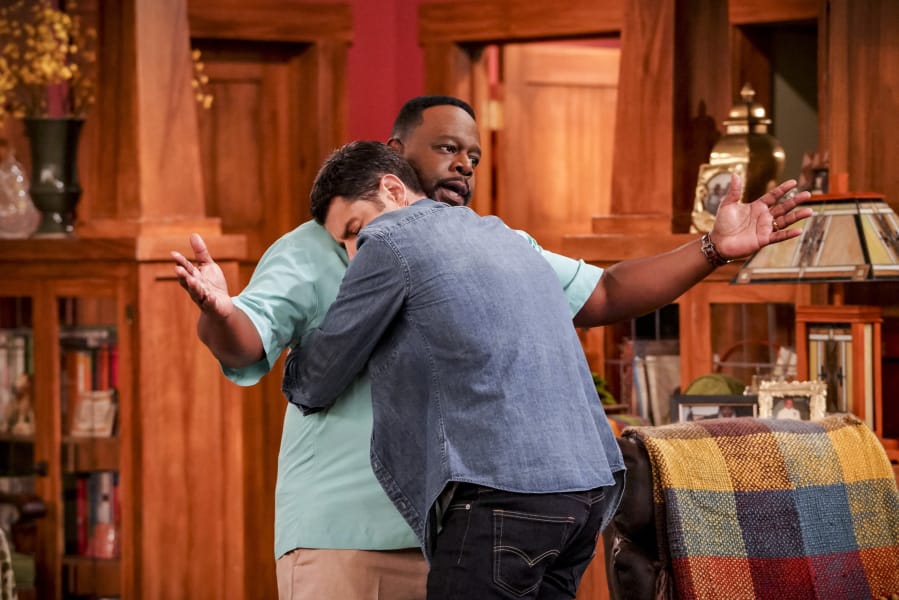Within the first 30 seconds of CBS’ new sitcom “The Neighborhood,” the tweenage boy of a white family relocating to L.A. from the Midwest tells his parents matter of factly that Grammy “wishes we weren’t moving to a black neighborhood.”
His father, Dave Johnson, played by Max Greenfield, scrambles to manage the taboo, saying, “Buddy, I wouldn’t call it a black neighborhood.” His son innocently asks, “Really?” and then points out of the window of the car, announcing, “He’s black. He’s black. She’s black.”
As gentrification reshapes urban areas across America in increasingly complex ways, co-executive producers Jim Reynolds and Cedric the Entertainer wanted to address the topic — but didn’t want to pull punches. “My goal from the beginning has been: Let’s be honest,” Reynolds says.
“The Neighborhood” is based on Reynolds’ own experience of moving with his family, about five years ago, into a historically African-American area of Pasadena, Calif. Then Cedric joined the project and fleshed out the experience of the Butlers — he plays the father — who have lived in the neighborhood for generations and whose hospitality toward the Johnsons is coupled with skepticism.



